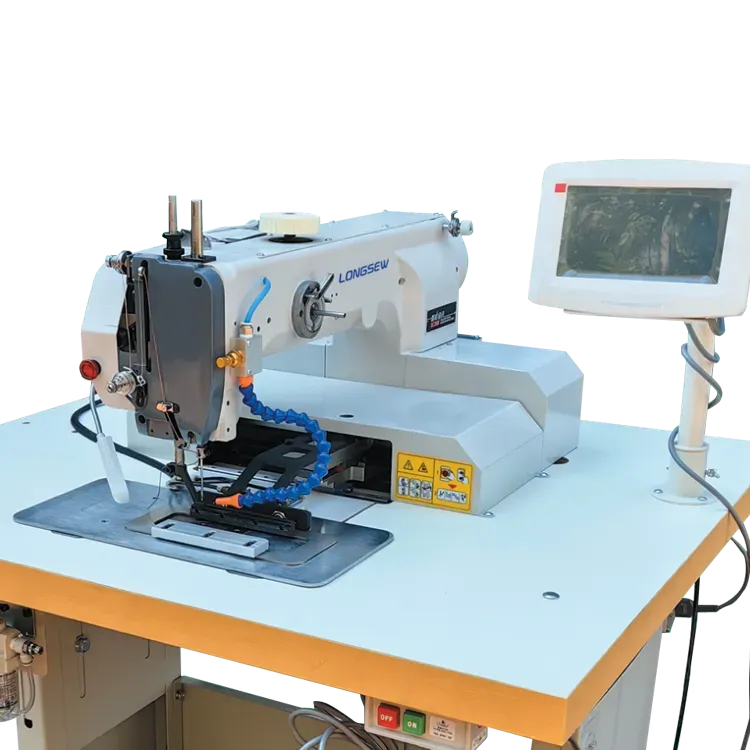sewing thick material
Sewing Thick Material Tips and Techniques for Success
Sewing thick materials can be a daunting task for both novice and experienced sewers. Whether you're working with denim, canvas, leather, or multilayered quilt fabrics, thick materials present unique challenges that require specific techniques and tools. In this article, we will explore some tips and techniques to help you successfully sew thick materials, ensuring your projects turn out beautifully and with precision.
Choosing the Right Machine
When it comes to sewing thick materials, having the right sewing machine is crucial. Not all sewing machines are equipped to handle heavy fabrics. A heavy-duty sewing machine or one specifically designed for thicker fabrics typically features a more powerful motor, a stronger needle, and a wider sewing area. If you don’t have a heavy-duty machine, you might consider investing in one if you frequently work with thick materials.
Select the Appropriate Needle
The type of needle you use is vital when sewing thick materials. Standard sewing machine needles may bend or break when faced with heavy fabrics. Therefore, it's essential to select a needle that is suitable for your project. For most thick fabrics, a universal needle in size 90/14 or a denim needle works great. Denim needles have a sharp point that penetrates thick layers without causing damage, making them ideal for sewing projects involving denim and other dense fabrics.
Thread Matters
Choosing the right thread is just as important as selecting the correct needle. Polyester thread is typically a reliable choice for thick materials due to its strength and durability. It also has a bit of stretch, which helps when sewing items that might need to withstand stress. Make sure to use a thicker thread for more heavy-duty projects, and always match your thread color to your fabric for a professional finish.
Preparation is Key
sewing thick material

Before you start sewing, it's crucial to prepare your fabric properly. Pre-washing heavy materials can help remove any sizing and make the fabric easier to handle. Additionally, consider using a rotary cutter for precise cuts, as scissors can cause fraying or uneven edges. For multilayered projects, such as quilts, ensure that all layers are adequately aligned and pinned to prevent shifting while sewing.
Use the Right Foot
Using the appropriate presser foot can make a world of difference when sewing thick materials. A walking foot is particularly useful as it helps feed multiple layers of fabric evenly, preventing bunching and shifting. For leather or vinyl, a Teflon foot can help the fabric glide smoothly under the needle. When working with thick layers, you may need to adjust the foot pressure on your machine. A lighter touch can help prevent the fabric from being pushed down too hard, which could lead to uneven stitches.
Adjust Stitch Length and Tension
When sewing thick materials, it is often necessary to adjust your stitch length and tension for the best results. A longer stitch length provides more space for thicker threads to pass, which can prevent bunching and skipped stitches. Typically, a stitch length of 3.0 to 4.0 works well. Likewise, reduce the tension slightly to accommodate the thicker fabric, ensuring your stitches are evenly formed without being too tight.
Take It Slow
Finally, patience is essential when sewing thick materials. Rushing through can lead to mistakes, uneven stitches, or even breakage of needles and thread. Take your time, sew slowly, and regularly check your work for any issues. If you encounter difficulties in particular areas, such as seams or corners, don’t hesitate to stop, adjust your fabric, or switch to a different needle or thread.
Conclusion
Sewing thick materials can be an enjoyable and rewarding experience if approached with the right tools and techniques. By choosing the appropriate machine, needle, and thread, preparing your fabric correctly, and adjusting your sewing settings, you can conquer any thick material project with confidence. Remember to take your time, and don't be afraid to experiment to find the best methods that suit your style and fabric of choice. Happy sewing!
-
Industrial Cylinder Arm Sewing Machine: Revolutionizing Heavy-Duty SewingNewsJul.28,2025
-
Cylinder Arm Sewing Machine: Perfect for Special Sewing ApplicationsNewsJul.28,2025
-
Cylinder Bed Sewing Machine: Essential for Sewing Complex MaterialsNewsJul.28,2025
-
Heavy Duty Sewing Machine: The Essential Tool for Industrial ApplicationsNewsJul.28,2025
-
Computerized Pattern Sewing Machine: Revolutionizing Precision StitchingNewsJul.28,2025
-
Heavy Duty Industrial Sewing Machine: Power Meets PrecisionNewsJul.28,2025
-
Leather Sewing Machine: The Industrial Standard for Tough MaterialsNewsJul.18,2025





























